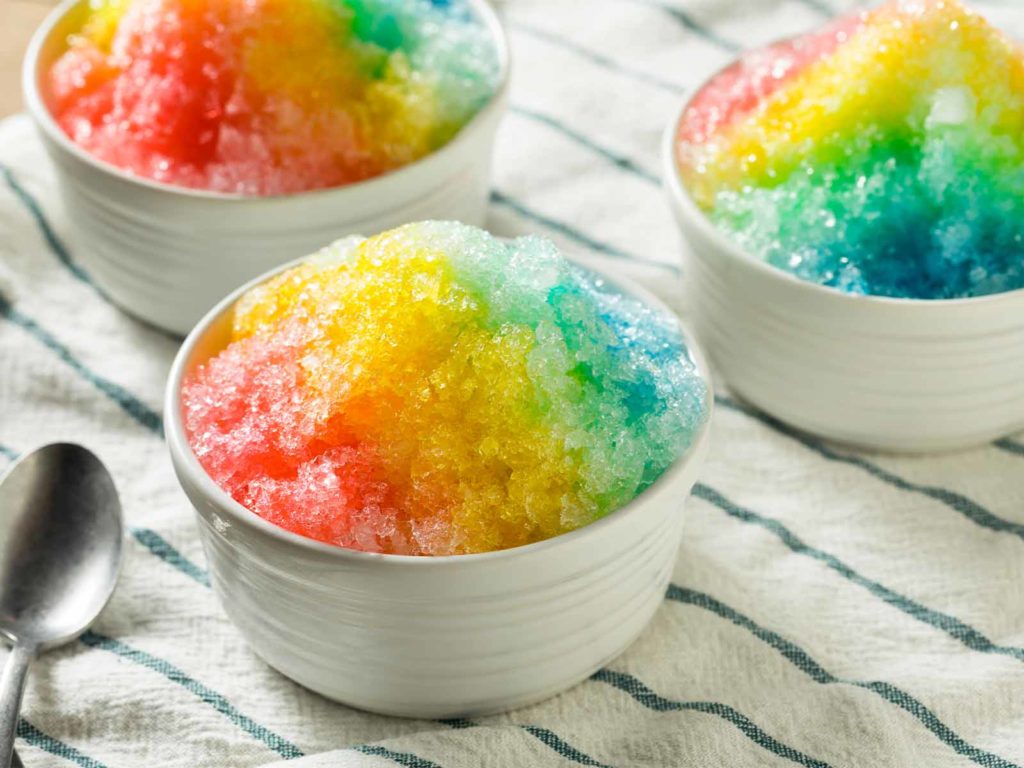Show your kids just how ‘cool’ water can be, and make a treat at the same time! With these simple instructions, you can make a snow cone or a snowman!

What to get:
- Several bottles of pure water, either 12 oz. or 16.9 oz. (355mL or 500 mL)
- A freezer
- A large bowl
- Ice cubes
- Freeze-pop tubes, not frozen, or flavored syrup (optional)
What You Do:
- Fill the bowl with the ice cubes.
- Put the water bottles into the freezer, lying on their sides and not touching one another.
- Check the bottles after 90 minutes. If you see small flakes of ice floating in the liquid and some condensation on the outside of the plastic, the bottles are ready for the experiment. If not, leave them in the freezer and check them every 15 minutes until they are ready.
- Remove a bottle VERY GENTLY, being careful not to bump the bottle on anything.
- Gently wipe off the condensation so you can see the liquid better.
- Open one of your super-cooled water bottles carefully and gently pour it over the bowl of ice. Keep pouring slowly and you can sculpt towers of ice or even make a snowman.
- The ice will quickly turn slushy, so you can pour some unfrozen flavoring over the bowl and treat yourself to a delicious snow cone.
The science behind the experiment:
When water gets to its freezing point, it requires some site around which ice crystals can form. In a process called nucleation, the water molecules start to gather into small clusters around a nucleus, or central site. Nucleation can begin with a mechanical method, such as a sharp tap on the bottle. You can also use the seeding method, in which you introduce an existing piece of ice into the super-cooled water. Impurities in the water can also become sites for nucleation, which is why these experiments work best with pure water.
Scientists ask questions:
- Can you use anything else to seed the ice? How about a cold grape?
- Can you tap the surface of the water with your finger to start nucleation?
- If you poured a drop of water onto the surface, would it cause enough of a disturbance to start crystal formation?

